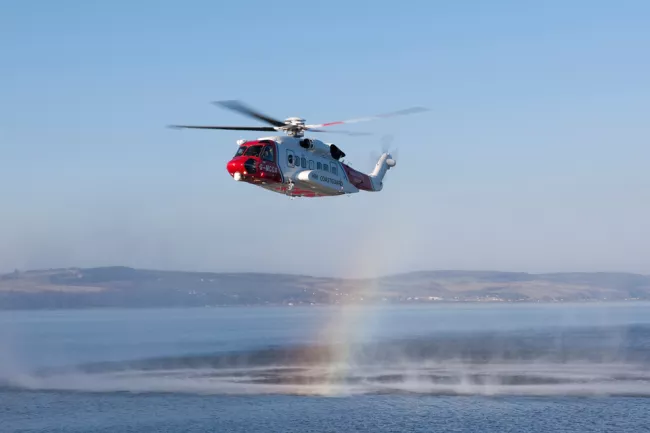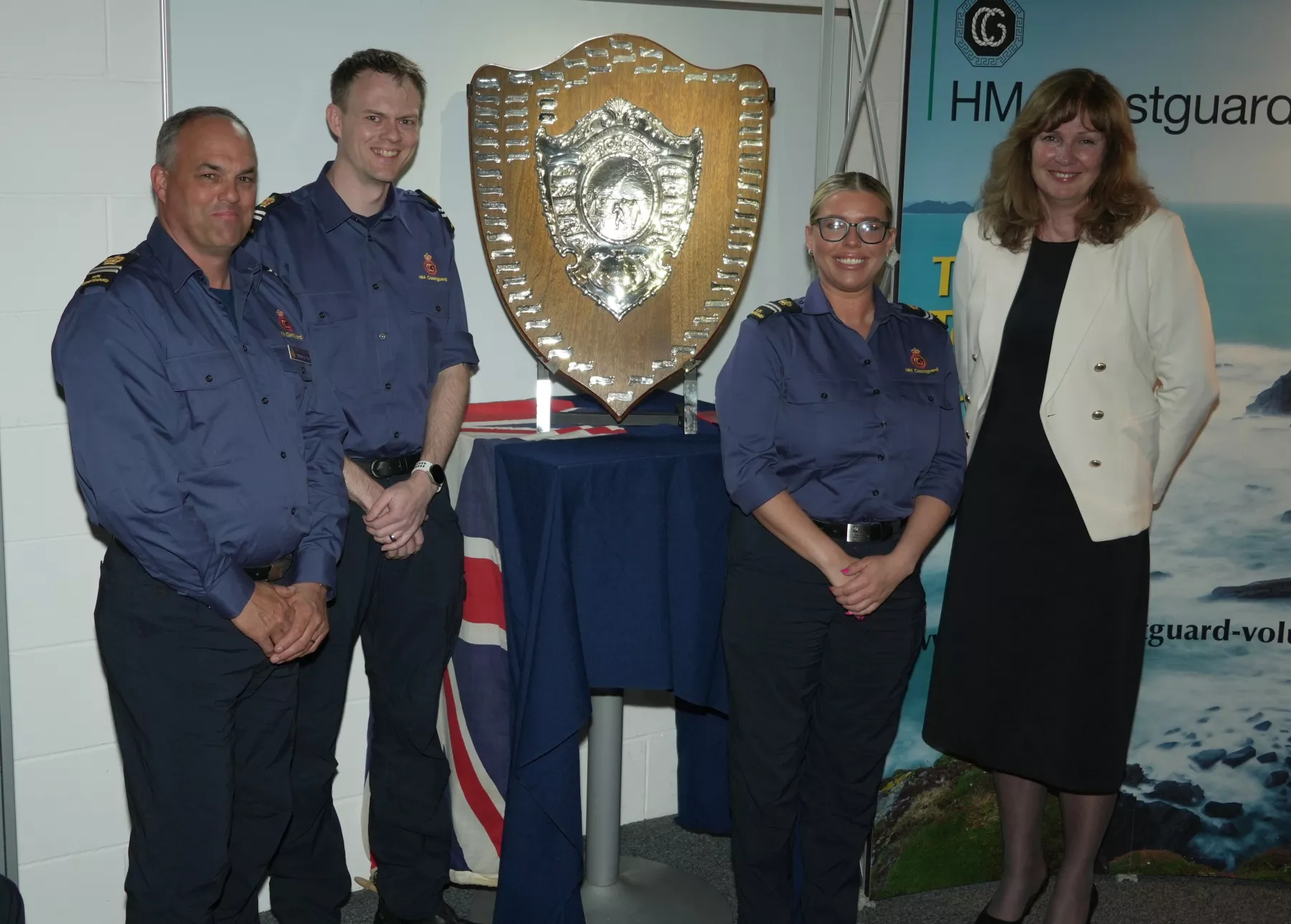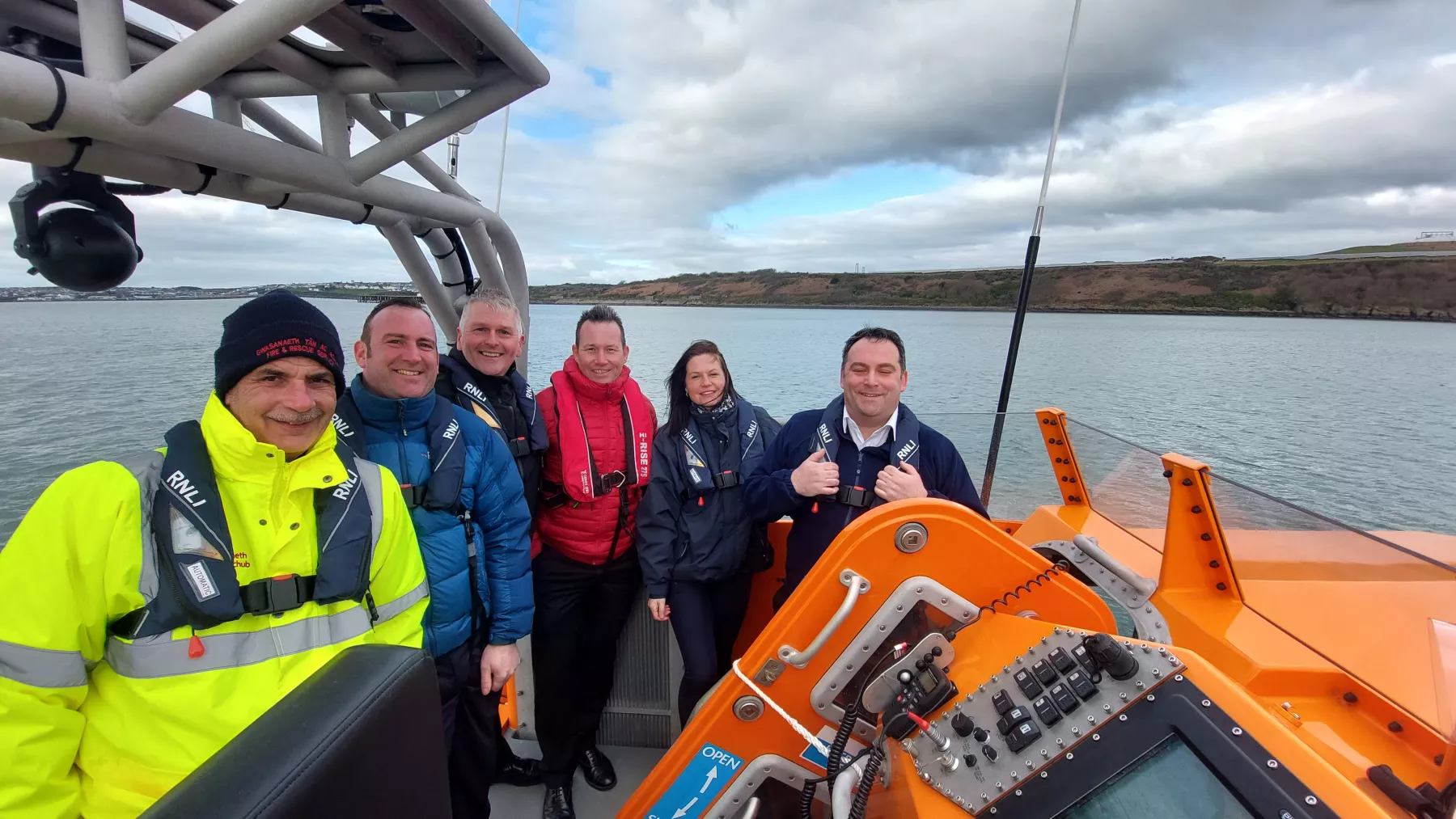But behind the scenes at the Joint Rescue Coordination Centre in Fareham is a team of ground-based lifesavers who play a vital role in directing airborne help to where it is needed – fast.
One of them is Aeronautical Commander Brian Smith (63), who joined HM Coastguard in 2015, having previously worked for the RAF and in commercial flight planning.
From their desks, he and his team are responsible for despatching helicopters all around the UK and its national waters.
Memorable incidents he has helped coordinate include airlifting someone from the top of Worcester Cathedral, rescuing a paddleboarder after 32 hours lost at sea and, several times, babies being born mid-flight.
Brian said: “It’s brilliant, it’s the best job in the world, the best job I have ever had. We get to see the difference we make very quickly.”
Instead of 999 calls from the public, which are handled a stage earlier, the requests for help are mostly from HM Coastguard colleagues but also fellow blue-light services such as ambulance and police.
Brian said: “We will take the details and you have to go through a process to make sure it’s an appropriate use of a search and rescue helicopter, and it’s an achievable task – we couldn’t attend a burning building, for example, or if the weather was completely unflyable.”

When scrambled in the daytime, the crews have 15 minutes to get airborne, during which Brian must clear the airspace, alert other emergency services and set-up communication links.
He briefs the four-person team as they fly, trying to give the most accurate picture of what to expect, as well as planning for refuelling and landing sites.
Brian said: “The adrenaline is pumping but you have got to remain calm. We are essentially trying to take the workload from the crew flying the helicopter.”
As search and rescue aircraft, they have greater clearance for flying through bad weather and navigating over land and sea.
Good use is also made of the helicopters – operated by contractor Bristow Helicopters Ltd – to make medical evacuations and transfer NHS transfer critical patients, for example, including children to Great Ormond Street Hospital in London.
Brian is keen to extend the credit beyond HM Coastguard too, praising the efforts of other helicopter organisations including air ambulances and other partners.
He said: “My job is such a privilege – to be able to make a difference to people facing the most traumatic moment of their lives.
“If you can make a difference, it’s fantastic. When we have rescued people it’s a really great feeling.”
The career path is open to people with relevant experience, such as in emergency control rooms and aviation. But those working in the Maritime Rescue Coordination Centres, mainly dealing with emergencies on the coast or at sea, can also progress to the aeronautical section.
Brian added: “It’s such a rewarding job. It’s a challenging one too and you see a lot of things. But the reward is that you can save someone’s life just by doing your job – it's brilliant.”
To find out more about HM Coastguard jobs, visit https://hmcoastguard.uk/careers



